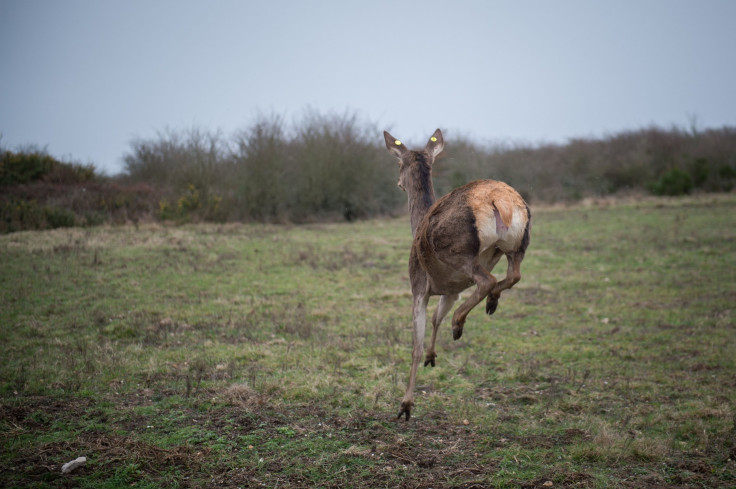6 Deer Have Died From Viral Disease In Michigan: State Authorities
KEY POINTS
- Michigan authorities confirmed six cases of epizootic hemorrhagic disease
- The cases were reported from four counties
- People are being advised to report any sightings of dead deer
Six wild deer have died from epizootic hemorrhagic disease (EHD) in Michigan this year, according to state authorities. They have received more than 150 reports of "likely cases" of the condition in just the last 15 days.
The white-tailed deer deaths were confirmed Tuesday by the Michigan Department of Natural Resources (DNR) Wildlife Disease Laboratory and the Michigan State University Veterinary Diagnostic Laboratory, the DNR noted in a news release. The cases were identified in four counties — Oakland, Macomb, St. Clair and Shiawassee County. These are also mainly where the 150 likely cases were reported from.
EHD is an infectious, often fatal viral disease that affects some wild ruminants. And while some deermay end up not displaying symptoms at all, some experience internal bleeding and fluid accumulation.
"In severe forms of the disease, deer lose their appetite and fear of humans, grow progressively weaker, salivate excessively and finally become unconscious," the DNR noted. "Due to a high fever and dehydration, infected deer often seek water to lower their body temperature and to rehydrate, and then are found sick or dead along or in bodies of water."
The agency stressed that there's no proof humans can catch the EHD virus, which can be transmitted through the bite of a biting fly known as a midge.
"There is no evidence that humans can contract the EHD virus either from the midge or from handling and eating venison," the agency explained. "Pets and wildlife cannot be infected by either midge or from EHD infected deer carcasses."
Though suspected EHD-related deer die-offs have been occurring in North America since 1890, it was considered a new disease in deer when it was first described in 1955, when several hundred white-tailed deer died in New Jersey and Michigan. Since then, deer die-offs have occurred in several years, including more recently from 2016 to 2018. In 2012, more than 14,000 deer were lost to the disease.
There is so far no known effective treatment and means to control EHD in the wild population, according to the DNR. Because of its "very high" mortality rate, it can actually have a "significant" impact on deer populations in an area.
The DNR is now urging hunters to be on alert for possible dead deer that they may encounter this fall and winter hunting season.
"We are asking for hunters to look around as they hit the field this fall to let us know if they find dead deer, especially any near water," Tom Cooley, wildlife pathologist for the DNR, said in the news release.

© Copyright IBTimes 2025. All rights reserved.






















